6 Inspiring Visual Merchandising Tips from Leading Experts
Visual merchandising is about presenting your retail space in a way that maximises your sales, elevates your brand, and improves overall shopping experiences. The impact of visual appeal cannot be overstated, and who better to explain how to approach the practice than the expert visionaries themselves?
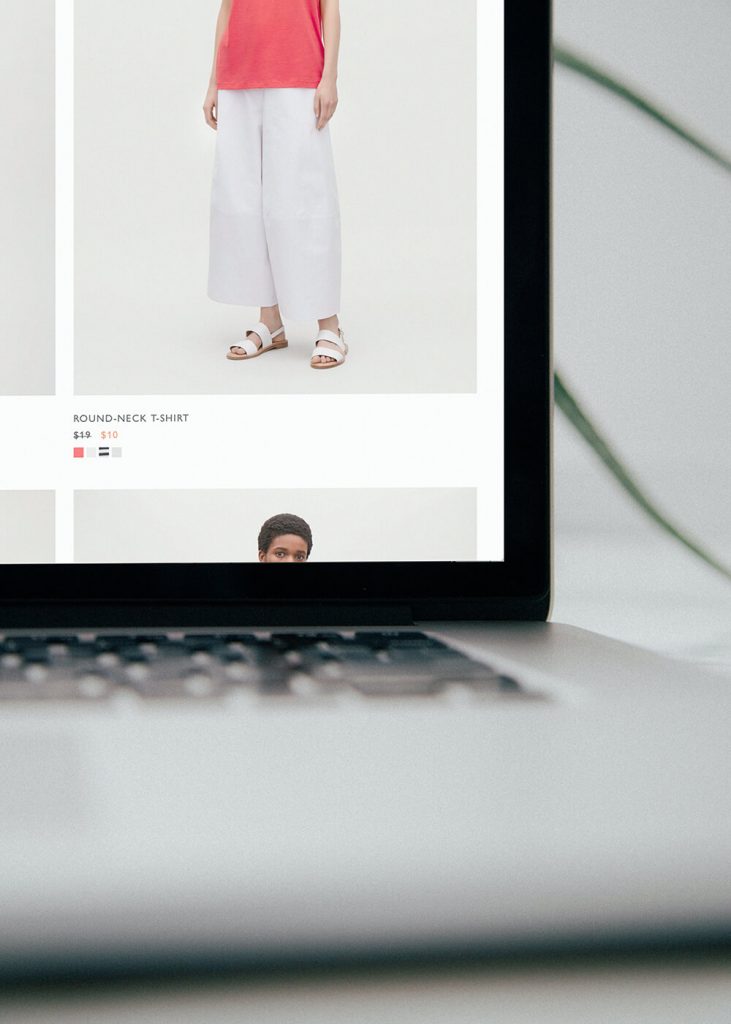
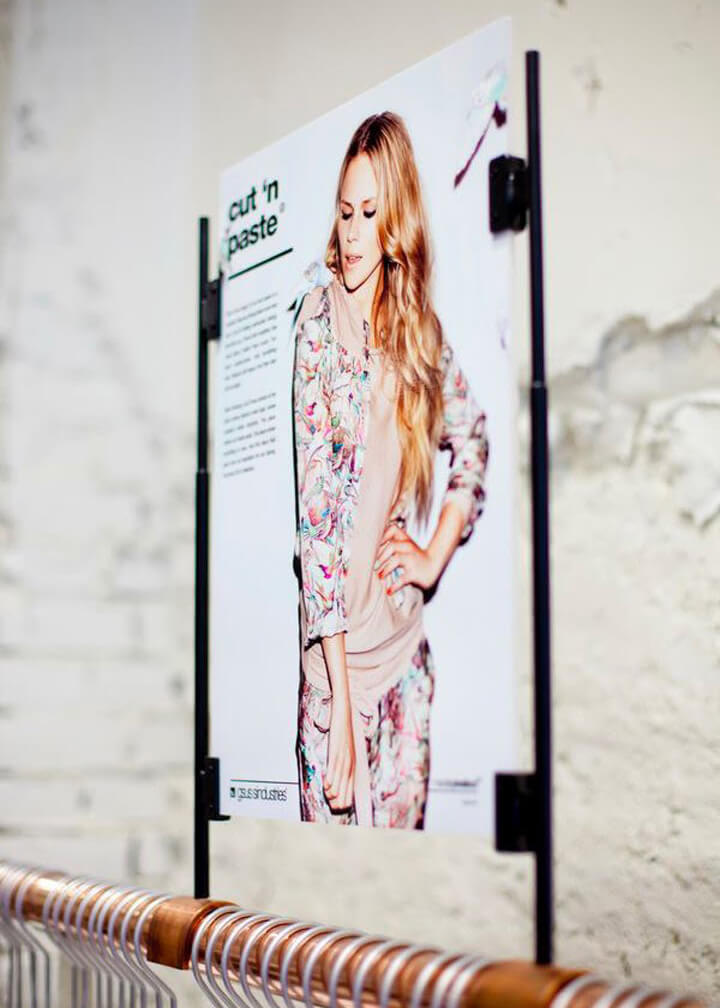
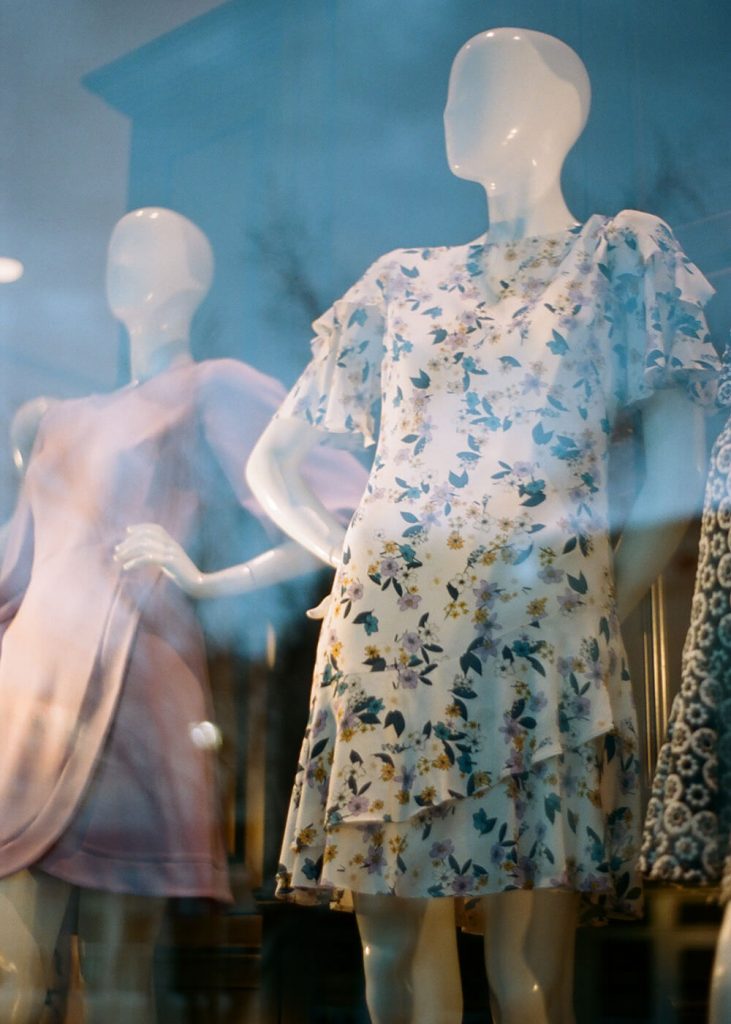
1. EMPOWER
The single and most important thing is to engage and inspire shoppers and encourage them to buy more, increasing your sales, margin and return on space.
Eric Feigenbaum, President of Embrace Design, understands the importance of visual merchandising: “When designing a store, we’re not merely designing a selling center, but rather an experience. Great visual merchandising will tell stories while transporting viewers to new places, new times, and new states of mind. Additionally, great visual merchandising will create moments, landmarks, and points of view.”
But beyond the experience, you must remember your shopper’s journey. The more you can slow down a shopper, the more they’ll discover. Essentially, you can dictate where customers spend the most time.
2. PRESENTATION
We’re all familiar with the rule of three. And while that’s a tried and true VM technique, there is more to product presentation than dressing and grouping mannequins. By presenting your products strategically, you change the conversation from ‘I want this’ to ‘I need this’.
As Tracy Flynn Downing from Ace Designs explains: “It’s all about creating something visually stimulating to take the consumer from standing in your store to having an emotional connection with who they are, who they want to be, how they want to feel. Something as simple as rolling the cuff of a shirt can change your perspective and really help you visualize that this isn’t a shirt on a bust form, this is the shirt I am going to buy, roll up the sleeves and go for a breezy stroll on the beach.” She continues:“It’s small details that make the largest impacts – the angle of the shirts on the table that create the illusion of something laid back, versus something crisp and tidy and structured.”
This is also a great way to help the customer think positively about your brand, which will result in future visits.
3. TECHNOLOGY
Consumers today are using technology to become more informed and empowered before they engage with retailers. Advances in technology haven’t only made the customer more demanding, it’s also reinvented conventional visual merchandising. It’s allowed stores to change their in-store content regularly.
“The store is a tool of communication, and it’s the successful retailer who will strategically curate the deployment of technology into the store to expand the dialogue with the targeted customer. It’s the visionary retailers and visual merchandisers who are nimble and forward thinking who will succeed.” – Eric Feigenbaum
From media displays to interactive floor models, retailers must keep up with the new trends of digital technology in order to stay relevant and compelling to their increasingly connected audience.
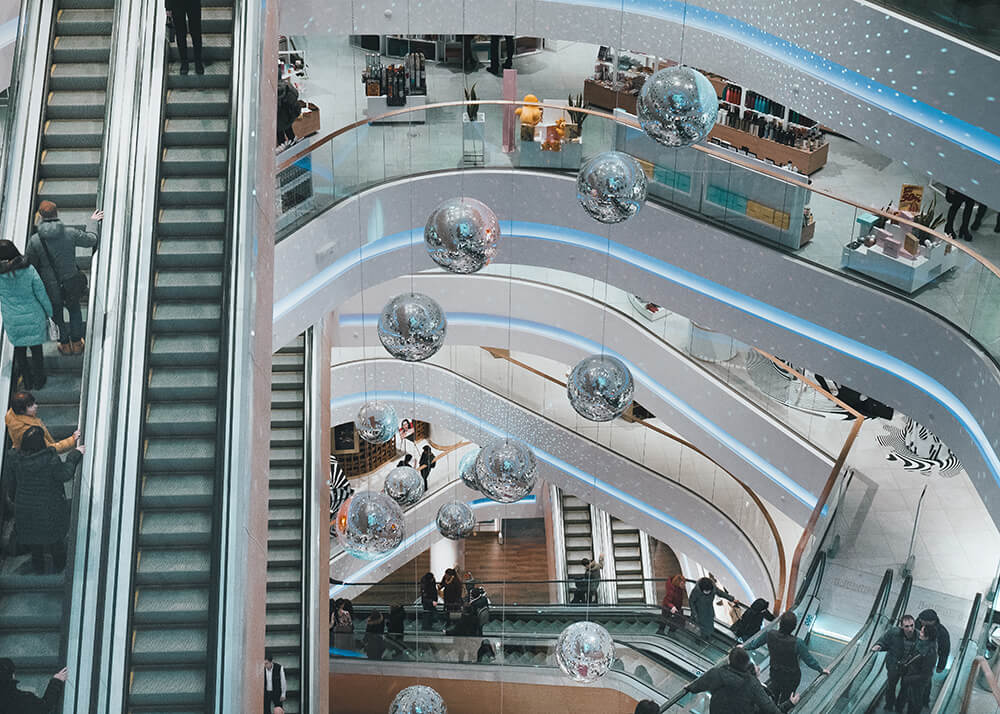
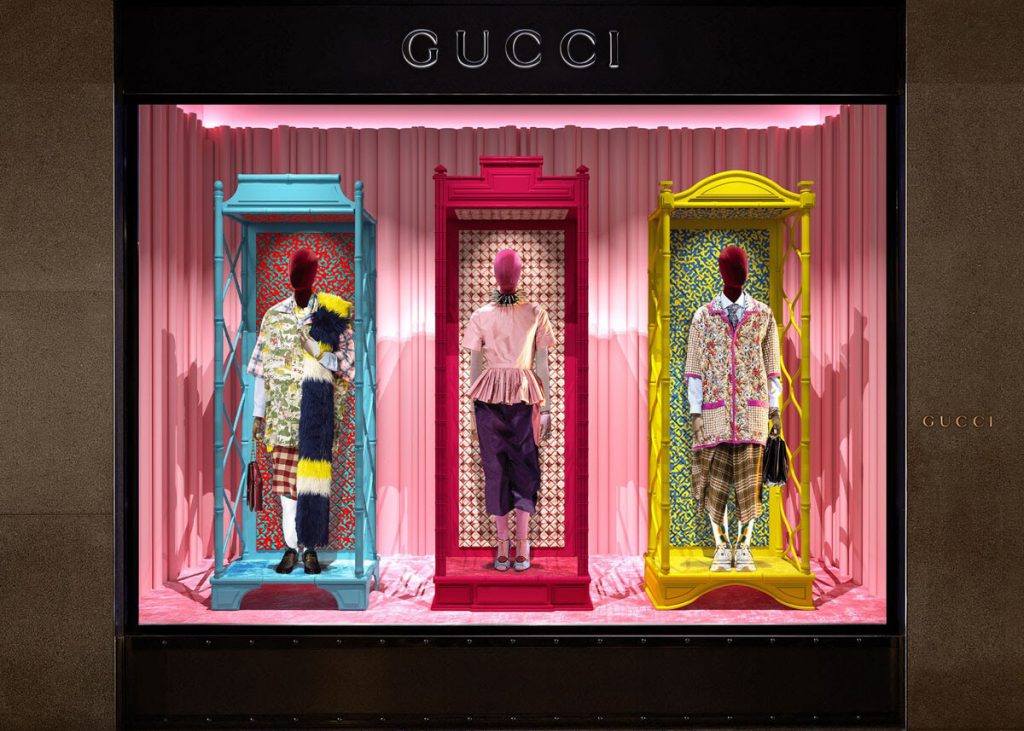
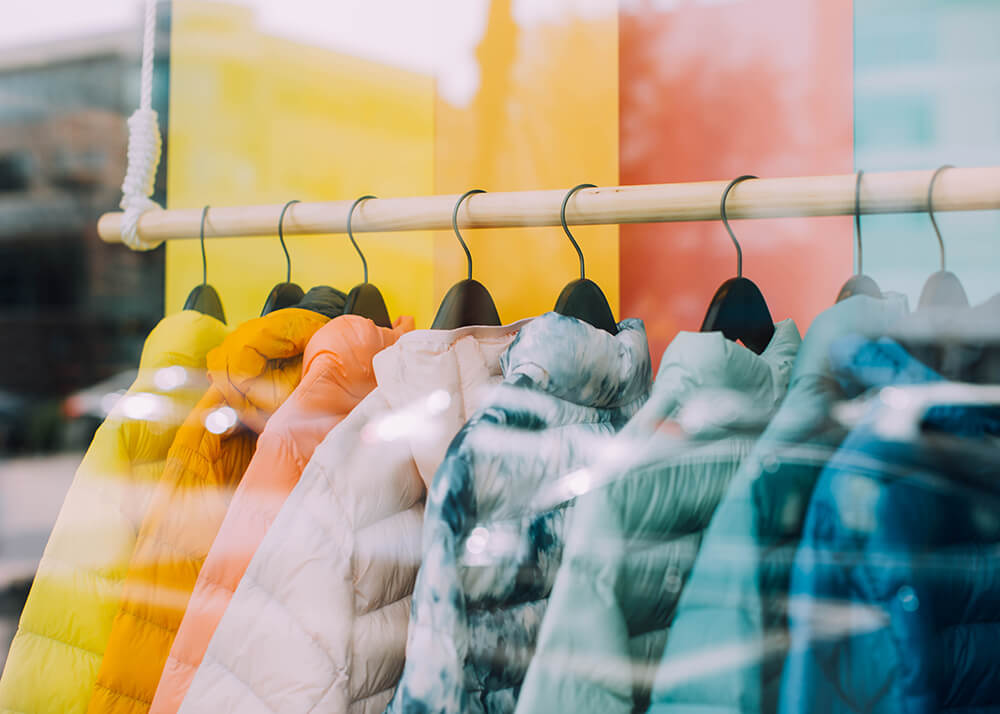
4. IMPULSE
According to research, impulse buying accounts for almost 80 percent of all purchases. Retailers therefore benefit from employing merchandising strategies that encourage shoppers to make unplanned purchases. One great way to do this is through clustering. By grouping items into a scene or showing consumers how to wear certain products, you’re essentially teaching shoppers.
Debra Templar, merchandising mavin and owner of The Templar Group, demonstrates the power of silent selling: “Visual merchandising can transform a shopper into a buyer. It can also increase the average dollar amount per sale. Effective displays teach shoppers about using multiple basic and accessory items to enhance and extend the use of their purchases. With great merchandising it’s not uncommon to hear a shopper say “I want the lot’. That’s silent selling at its best. The power of visual merchandising”.
5. WINDOWS
The customer engagement starts even before they have set foot in your store. You only have seconds to attract customers, and that’s why the window is your first chance to grab attention.
“Shop windows play the role of host – the smiling face that greets passersby, the wind of change that delivers new seasons.” says Debra Templar.But that doesn’t mean it has to cost a lot of money. “Windows are not about money but energy, pride and imagination. A dynamic window doesn’t mean a big budget. Often the most inventive windows are the result of limited budgets, those where you have had to stretch your imagination in creative terms rather than financial.”
6. CHANGE
Exceeding customer expectations is key in any retail environment. Customers expect to see something new everytime they return to your store. As such, it’s imperative retailers employ creative and innovative ideas. Maintaining the same visual merchandising displays for weeks on end will not only render your revenue stagnant, it could also discourage repeat customers.
“A good display is new, exciting and memorable – and gone before it becomes too familiar, musty, dusty and part of the landscape.” – Debra Templar. But it’s more than just fresh merchandising. Make sure your store is tidy and kept.“It’s small details that make the largest impacts – the angle of the shirts on the table that creat the illusion of something laid back, versus something crisp and tidy and structured.” – Tracy Flynn. Downing The maintenance of your retail space should always be top priority. A poor initial presentation will create a bad impression, turn off customers, and risk losing sales. Debra explains, “Basic maintenance and levels of pride speak volumes about your attitude to your business and your customers.”
There’s a reason visual merchandising is a tried-and-true marketing tradition of retail. The true art and methodology can define your store’s DNA and encourage brand advocacy. By following a few key steps, brands can elevate their product, engage the consumer and increase sales. But as Marica Gigante explains, don’t be discouraged when a display doesn’t quite work out. “It’s important to constantly learn from our best practices and, mainly, from our mistakes.”
To find out more information about our Visual Retailing Software and how it can help your business, click here.
You can also contact one of our expert team members if you have further questions about anything retail.
